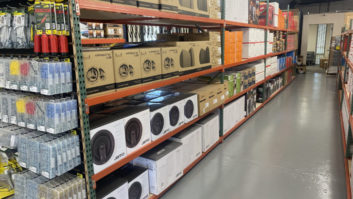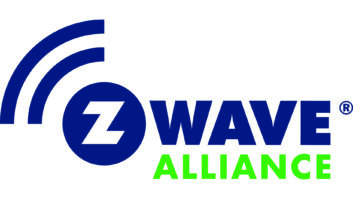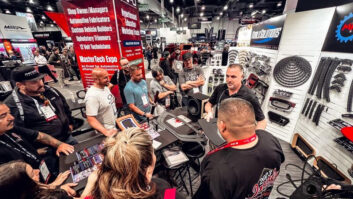San Ramon, Calif. – The Mobile DTV Alliance, which promotes the DVB-H (digital video broadcast-handheld) standard for mobile DTV, is developing North American implementation guidelines to forestall the type of interoperability issues that plagued the launch of the first IEEE 802.11b wireless-network devices, said alliance chairman Yoram Solomon.
The guidelines, expected to be finished in September, will also “deliver consistency between what is transmitted and what the receiver can receive,” he added.
Official plans for interoperability testing, however, have not been announced
“The implementation guidelines will be different for different frequency bands,” said Solomon, but for each band (1.6GHz for Modeo’s planned network and 700MHz for Hiwire’s), the guidelines will define issues “that are not in the standard and options that are in the standard.” Such issues include resolution, frame rate, audio and video codecs, and whether stereo or stereo-compatible 5.1-channel soundtracks will be delivered to handsets, he said.
“We will define how to implement the standard, and the network operators will define what they will implement,” he continued. The network operators, for example, will determine how many audio and video channels they will offer, but the alliance will specify “how to implement a video channel.”
The guidelines will also include channel-switching time, which can be as little as 1.2 seconds, not the six seconds that DVB-H backers and competitors have said. DVB-H and Qualcomm’;s MediaFLO are both based on OFDM technology and must adhere “to the same laws of physics,” said Solomon, who is also senior director of strategic marketing and industry relations for the Texas Instruments business unit that has developed a DVB-H radio chip costing $10.
DVB-H can accomplish a 1.2-second channel-switching time, including “negligible” buffering time, by transmitting a reference still frame, or I frame, with every 1-2MBps data burst, said TI product marketing manager James Hymel.
DVB-H advocates previously said channel-switching time would be six seconds, including a 4.5-second buffer. The competing technology contender MediaFLO has cited 1.5-second switching time, with no buffer required.
Other alliance guidelines will include the implementation of DVR capability and in-background downloads intended for storage and on-demand playback. Such services could include news updates and podcasts, Solomon said.
DVR capability is a market necessity, Solomon pointed out, because consumers on the go will be able to view content only for short periods of time, perhaps only as long as 20 minutes at a time. “You have to watch content on your own schedule,” he said.
The alliance, founded earlier this year to promote DVB-H adoption, consists of about 30 companies, including promoter members Intel, Microsoft, Modeo, Motorola, Nokia and Texas Instruments. Contributor and associate members include Samsung, SonyEricsson, Freescale Semiconductor, Harris Corporation, Mediaphy, MobiTV, Royal Philips Electronics, Silicon & Software Systems, LSI Logic, Broadcom, DiBcom, and PacketVideo.
All told, more than 100companies worldwide support the DVB-H standard, he said.
Although U.S. DVB-H carriers Modeo and Hiwire plan commercial launches of a handful of geographic markets in 2006, Solomon doesn’t expect pre-guideline phones and services to enter the market. Modeo, handset manufacturers, and silicon manufacturers are alliance members and part of the process of creating the guidelines, he said.
Solomon expects cellular carriers to be conservative in launching mobile DTV service, limiting DVB-H-equipped phones at first to high-tier phones priced from $149-$299. In part, that’s because existing live-TV services over cellular airwaves “have not been a great success,” and carriers will want to “manage consumer expectations” at the onset, he claimed. The traditional chicken-and-egg wait for content availability and tuners also contributes to carrier caution, he added.
Although cellular carriers will likely stick to high-tier handsets at first, TI has developed a less-than-$10 chip that can drive DVB-H into the mid-tier handsets starting at around $59, Solomon said. “Any phone with a color display and a basic cellular applications processor, which allows for web graphics and games,” can incorporate the chip, which is the smallest single-chip DVB-H receiver/decoder and is designed for Modeo’s 1.6GHz spectrum, he said. Only low-end phones lack the applications processor, he said.
The chip will appeal to emerging-market carriers as well as to makers of consumer electronics products such as portable DVD players, handheld GPS devices, and in-car entertainment systems.













